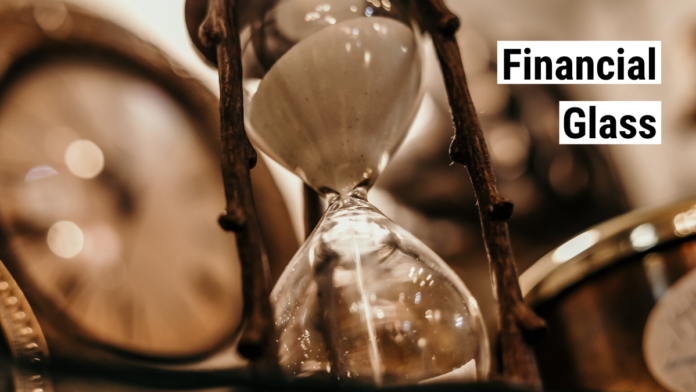Is there such a thing as perfect timing? Actually, it really just depends. You hear how the best ideas, businesses, and plans often fail due to timing. Yet we shrug timing off focusing on everything else that caused the failure. As a society, we have failed to take into account timing and truly understand the importance of when.
The art of perfect timing
From what time our schools start to promote the best learning for our kids to the way we structure our workdays. We are terrible at taking into account timing. Daniel Pink’s book When: The Scientific Secrets of Perfect Timing unveils how important timing truly is.
The day to day of perfect timing
First, we have the hidden pattern in our day which essentially looks like two waves. There is a rise and peak in the morning and second rise and peak in the evening. You can improve your chance of surviving surgery or being properly diagnosed by simply taking the morning appointment while the doctor is still fresh. The art of perfectly timing your daily activities is taking into account this double wave pattern.
Inmates can increase their chance of being granted parole by being one of the first to stand before the judge in the morning. We are sharpest in the morning and by lunchtime fade into a lull.
The next best time to stand before a judge is immediately after lunch after a nice long break. Being able to recharge and break away from work helps us become more focused and sharp when we do start back into our activity.
By simply understanding these peaks and valleys in the day you can increase the chance of receiving your desired outcome.
Using significant dates
Beyond just perfectly timing your day, us human beings like clean beginnings. You are more likely to begin something or pick back up on a workout routine on designated start days. Mondays more people go to the gym than Fridays. It’s easier to make a change on January 1st than January 5th.
We are naturally inclined to find “significant” dates and use those to begin something new. Try it for yourself! You can hack your way to starting a new habit or routine if you align it with a natural start date.
Fast, slow, faster
Another important piece to note is that when we are running a marathon or lighting Hannakuh candles. There is usually a dip in the middle. We as human beings are good at starting, not so great in the middle, and pick it back up in the end. When starting something new don’t aim for the perfect time instead, aim for a clean start.
More people run marathons on their 29th, 39th, and 49th birthdays than any other ages. As we come to the end of a decade we look for a way to do something meaningful and finish strong. Thus the overwhelming majority of first-time marathon runners fall into those 3 age buckets.
Getting back to perfectly timing projects, the challenge is in the middle. While we usually experience a slump in the middle the actual mid-point can be a catalyst for projects. During the midpoint of a deadline, teams begin to come together to do the majority of the work on a project. Almost all of the work happens in the last half. We experience an “oh crap” moment when the clock is running out. This encourages the team to kick it into high gear and finish strong.
Using the power of time
Being aware of time and how the when can have just as big of an impact as the what, how, or why will elevate you to be more productive, effective, and more likely to survive your next doctor’s visit. Use this knowledge to find your perfect timing.
Get Daniel Pink‘s book When: The Scientific Secrets of Perfect Timing
